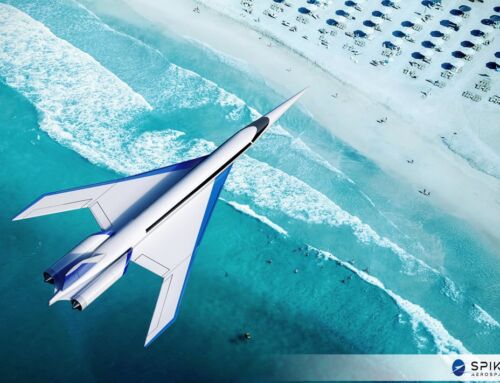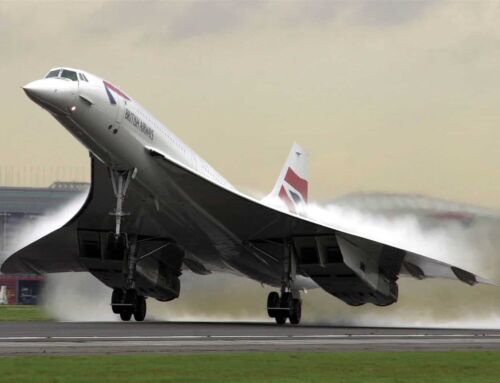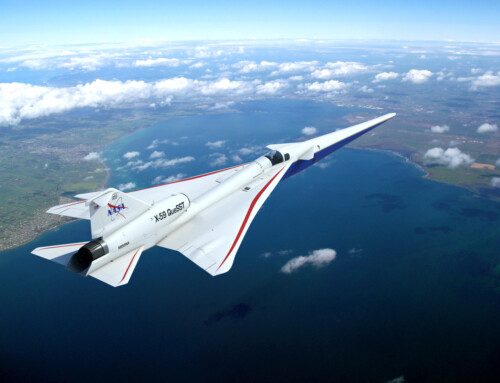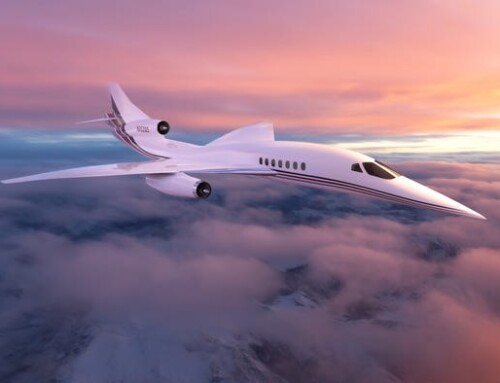|
|
|
The company is consulting with a team of marine biologists led by Tibor Mascari to conduct the study. Throughout his four phases of research, Mascari will be looking at how a sonic boom could potentially interfere with the lives of marine mammals, reptiles, fish, and invertebrates. Many species of marine life use sound to communicate, mate, find food, fend off predators, navigate, and maintain group cohesion. “Depending on where these creatures live in the water column and what the magnitude of their vocalizations are, sonic boom activity will affect them in different ways,” says Mascari. |
|
The magnitude of a sonic boom begins to decay as soon as it hits the water’s surface, and after 30-50 meters underwater, it fades into ambient noise. Animals living deeper underwater are therefore less likely to be affected, Mascari explains.
Mascari is optimistic about the results of his research. He believes that supersonic flight will not have a significant detrimental effect on marine wildlife. Most endangered marine species live in coral reefs near shores. Since the FAA currently prohibits supersonic flight over land, most supersonic jets won’t reach speeds greater than Mach 1 until roughly 200 miles offshore. As a result, reef-dwelling species will be protected from the sonic boom effect’s residual noise and pressure waves. Mascari will conclude his research and present his findings by the end of this April. In concert with this marine wildlife study, Spike Aerospace’s engineering team is working on developing technologies to minimize the sonic boom effect. The company is also conducting research in a number of other areas to understand how the advent of supersonic travel will impact the environment as a whole, as well as its impact on developing economies.
|

 Boston, MA, Mar 2, 2015 – Spike Aerospace, Inc. has concluded Phase 2 of environmental research to determine how supersonic flight will affect marine wildlife.
Boston, MA, Mar 2, 2015 – Spike Aerospace, Inc. has concluded Phase 2 of environmental research to determine how supersonic flight will affect marine wildlife.



